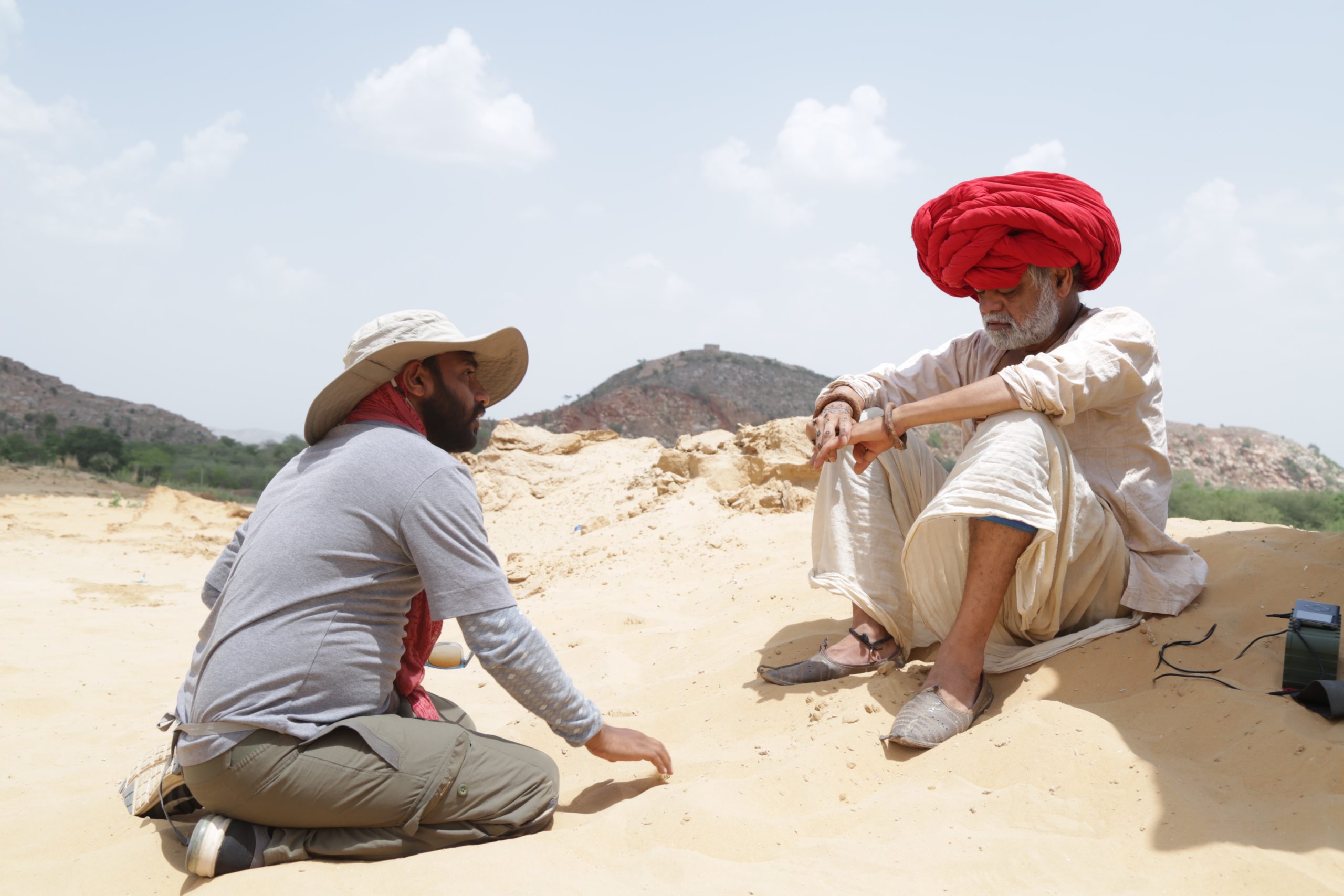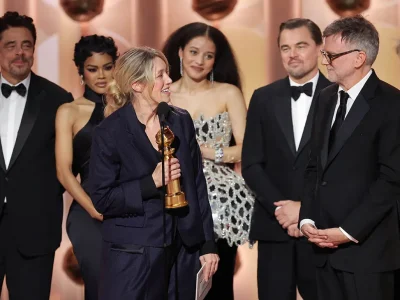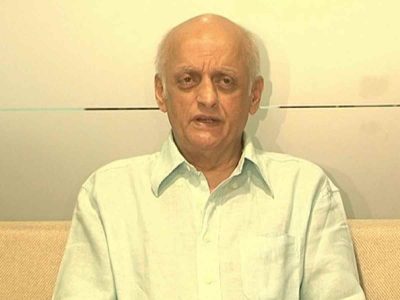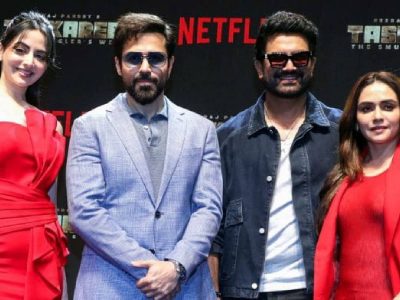In this interview, National Award-winning director Dinesh S Yadav talks about the need for establishing more film institutes in the country on the lines of FTII and SRFTI, and his upcoming projects
FTII alumnus Dinesh S. Yadav’s National Award-winning film Turtle and its sequel Waah Zindagi are finally out on the web after a long wait. Turtle, starring Sanjay Mishra in the central role of a poor farmer who churns the parched, sun-baked earth to extract water, highlights the issue of water crisis. Waah Zindagi is inspired by the ideals of the Swadeshi movement and tells the story of struggle of the farmer’s son, played by Naveen Kasturia, to become an entrepreneur in order to win the heart of the girl he loves, essayed by Plabita Borthakur. Here he talks about the creative vision behind the two films and the challenges he had to overcome to make them,
Excerpts
Q1. Tell us about Turtle. How did you conceive it?
World water crisis is not only a global issue but also very personal. I have lived in acute water shortage in my student life and also in Mumbai. I always wanted to make a film addressing this issue. When I got to know my producer wanted me to make a film in his village, a hamlet in Rajasthan, I was enchanted with the beauty of the desert and that picturesque scene where women walk miles with a series of pots on their head to fetch water. As a filmmaker I was intrigued by the amalgamation of the crisis and beauty. So to reflect both, I wove a folktale, Turtle. I have tried very soulfully and skillfully to interweave the subject in a story, and braid macabre images in the desert with the echoing sounds of the chants into the moustache of the Alghoza player.
Q2. Waah Zindagi has been touted as a sequel to Turtle. How do you look at the two films? Which of two did you enjoy making more?
Waah Zindagi is again based on a global issue: mass dumping of Chinese products in local markets. Not only India but other nations have also suffered immensely. We have been witnessing it since the last two decades. Due to the world trade policies, the government can’t do much about it. Only the awakening of a common man to prefer Swadeshi (indigenous goods) over videshi (foreign goods) inspired by Gandhiji’s Swadeshi Movement by boycotting foreign products can make a difference. My producer, who is in the tiles business, wanted me to address this issue in Waah Zindagi again through the same protagonist and hence the sequel with a different background.
As youth we always get lured by and fall prey to such hoax schemes for easy money and end up losing instead. My producer wanted me to touch that issue also besides the spiritual side of the character. He wanted a motivational film with all the issues addressed through the life of the protagonist. Now it was challenging to weave a story addressing all the issues besides the spiritual awakening of the protagonist. Together with Ruhin, I tried to weave a narrative making the protagonist wander from pillar to post and consolidate the story in the end, making everything fall in place. Turtle was a piece of my heart while Waah Zindagi is more of a fabrication. So, in that regard, Turtle still quenches my thirst as a filmmaker because I was still more creatively free making Turtle than Waah Zindagi.
Q3. How challenging was it to shoot both the films? Also tell us about the experience of working with an actor like Sanjay Mishra.
It was very challenging to pull off two films simultaneously, that too with a first-time producer. Only because I am an editor myself, I was able to complete both the films.
Sanjay Mishra is a veteran actor and an adept artist. Ever since I conceived Turtle, I only had Sanjay Mishra as Dadda in my mind. I was blown away by his performance in Aankhon Dekhi. It was the story/screenplay that made him do the film. It was joy witnessing him adopt the character. Be it costume or make up according to the time lapse, he took the character so personally. In no time, he became one with the character. He is a very mature artist always up for new experiments. Being a great human being, honesty is reflected in his performance. With me being a new filmmaker, he was very cooperative and due to his faithful approach, he was always ready to beautify the scenes—that is how I could manage to capture some classic scenes in the film. He never hesitated to dig himself into the sand even in the scotching sun. It’s really an unparalleled experience.
Q4. Turtle and Waah Zindagi have both been recently released on ZEE5. What took you so long to release them?
The producer wanted a theatrical release. And it is evident how difficult it is to earn profit and release the film in theatres simultaneously for a first-time producer. When we approached Zee in the beginning, they were giving us a digital release instead of theatrical, but the producer refused as he had been striving for a theatrical release when the world was hit by COVID-19 outbreak. He witnessed the changing trends during these times and at last sold the film to Zee to be released digitally.
Q5. How do you look at the OTT platforms for film distribution as opposed to theatres?
OTT platforms have opened the gates of film industry for all. Irrespective of profits and losses, now the independent producers and directors are no longer scared to venture into new productions. It has obliterated all the barricades when it comes to duration, star cast, language, release etc. The content is the ruler here. Good films are being appreciated globally. During the pandemic, already made films didn’t shelve up or die stale but could at least get a release. Even stalwart filmmakers had to give up theatrical release and end up at OTTs
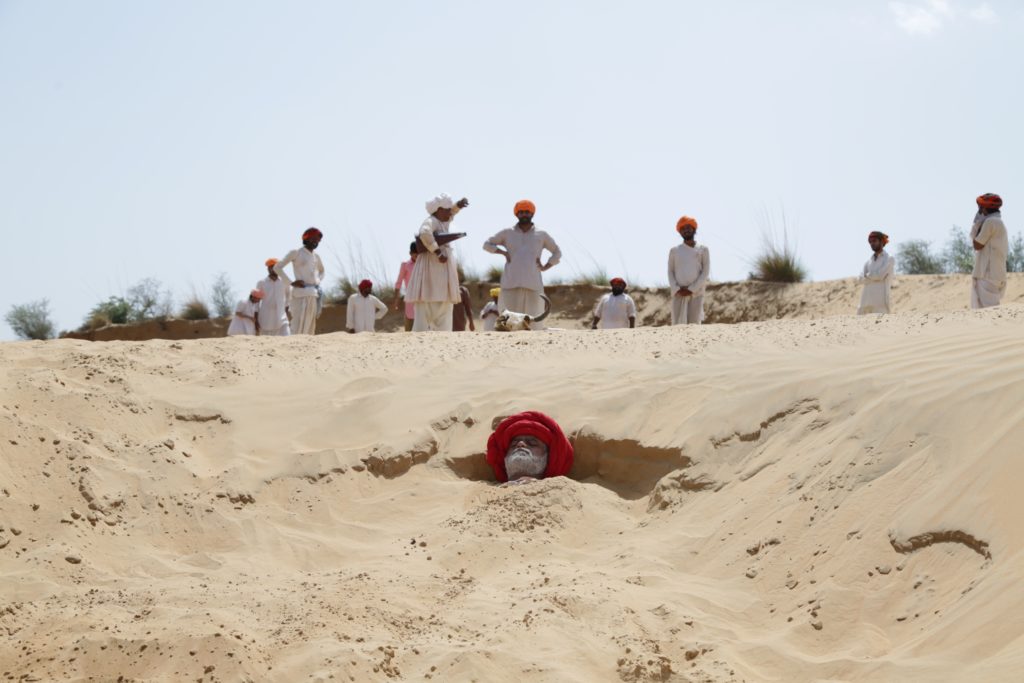
Q6. As an FTII alumnus how do you look at the importance of film institutes in today’s times? Why do you think there is a dearth of good film institutes in the country even after a century of filmmaking history?
Exemplary and beautiful films have been made even when there were no film institutes. Stories are more or less the same, what has changed is the technology. Technical knowhow and aesthetic sense is imparted by film institutes while artistic and creative abilities are inbuilt. Formal education and skill development give confidence which makes it easier for a filmmaker to make a film but content comes from within. If an aspiring artist gets to learn from an authentic film institute, he/she becomes an asset to the industry.
Most authentic film institutes in the country are FTII and SRFTI, both are government institutes. Many private institutions have come up besides these. Until the government opens more institutes, there will always be a dearth of them. Main motive of private institutions is to earn profits. Therefore their selection criteria are also not very potential oriented. They give admissions to students who are not even eligible. And government institute doesn’t have space to accommodate even the talented students. Therefore, its imperative that the government should come up with more such institutes in different states.
Q7. How do you look at the impact of the ongoing pandemic on the entertainment industry? What according to you is the way forward?
The pandemic has adversely affected the industry. Ongoing shoots/releases, etc. have been suspended. Where social gatherings have been called off, film being an interdependent collaborative job, has suffered immensely. The pandemic has changed the living style of everyone. Social conduct and precautionary measures from the individual level to the global besides vaccination is essential though it has raised the production costs.
Q8. Finally, tell us about your upcoming projects.
With two scripts of different genres ready for pitching, my next production as a producer and director will be released from Barrel Select’s Large Short Films channel in February-end or March.

